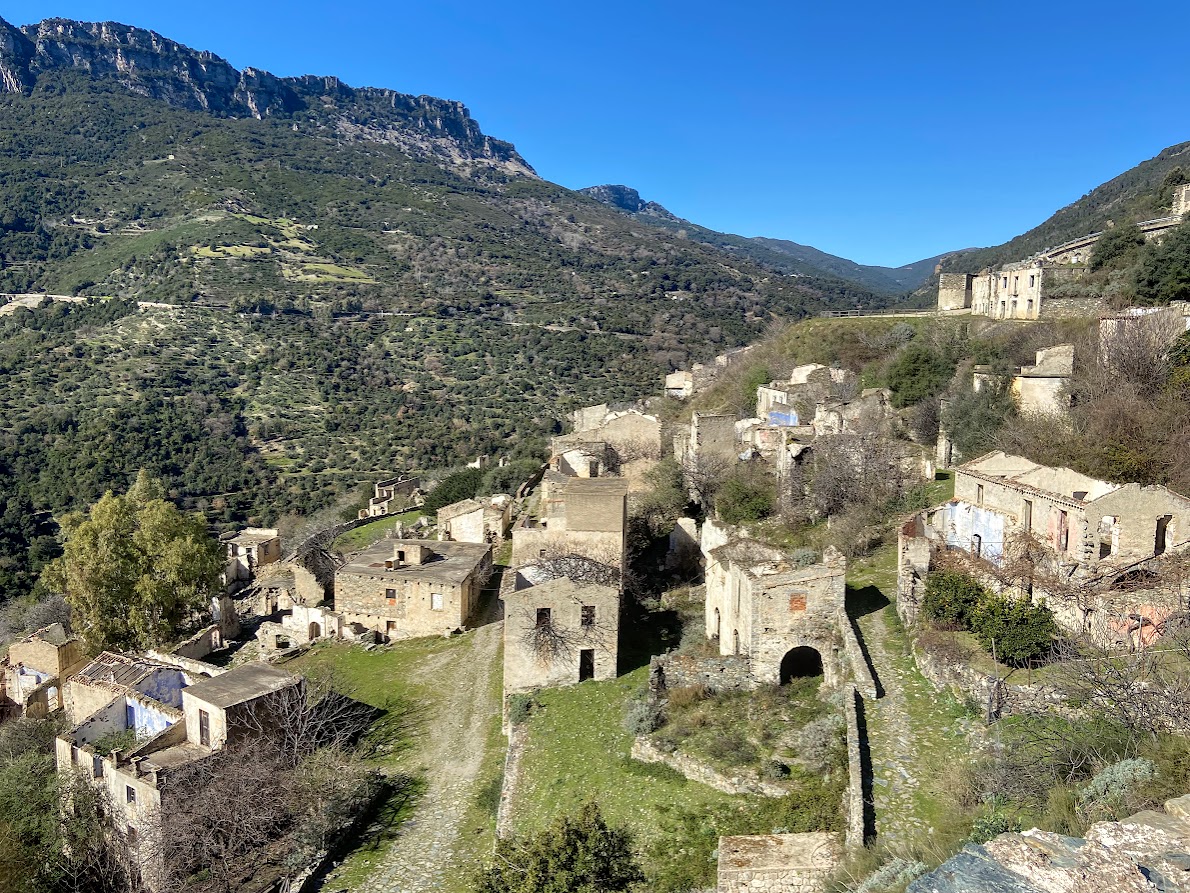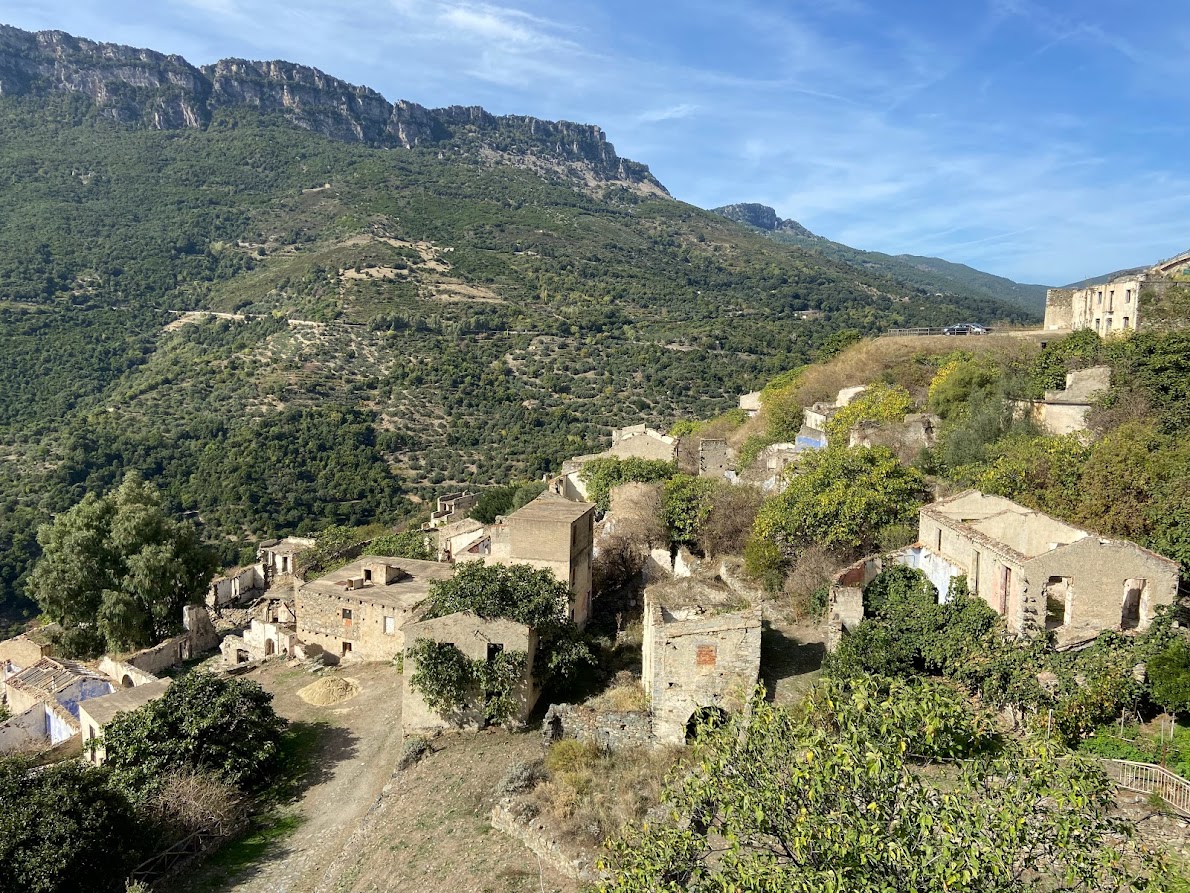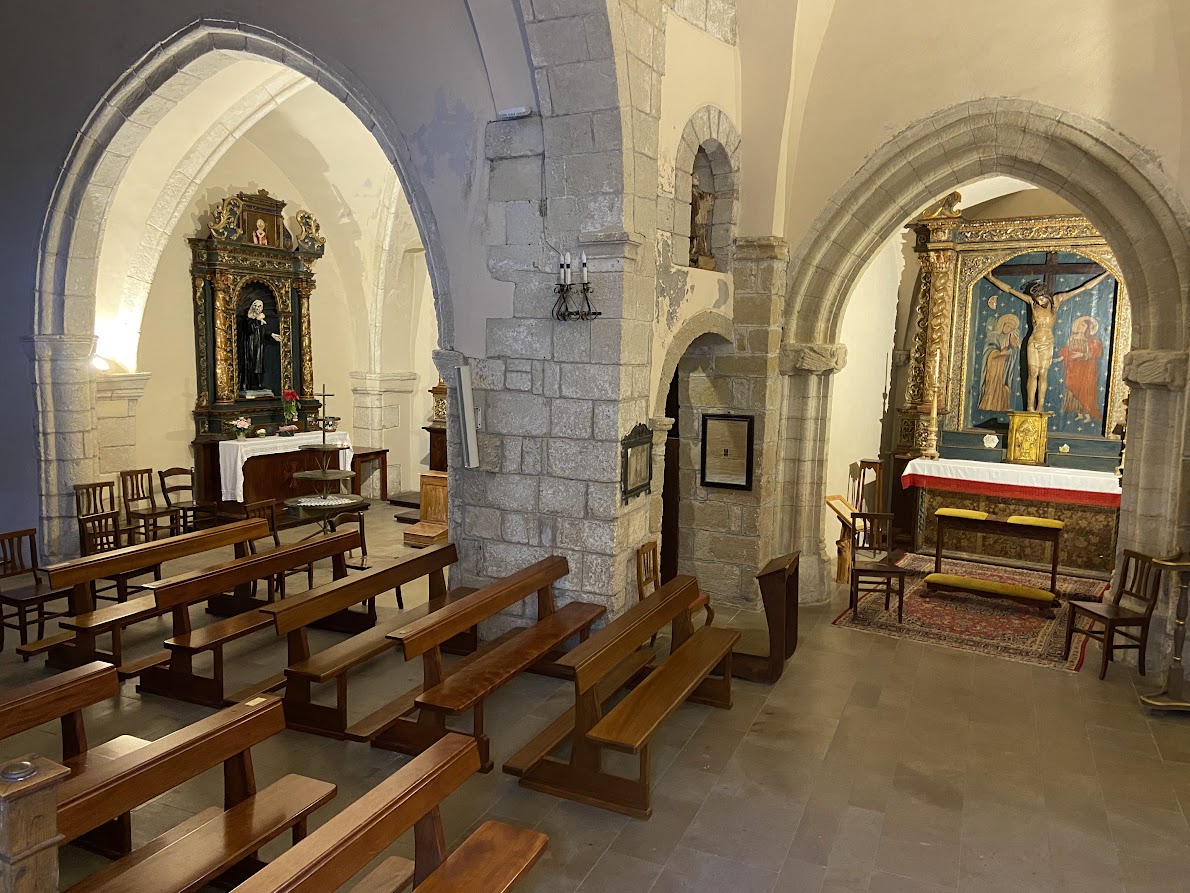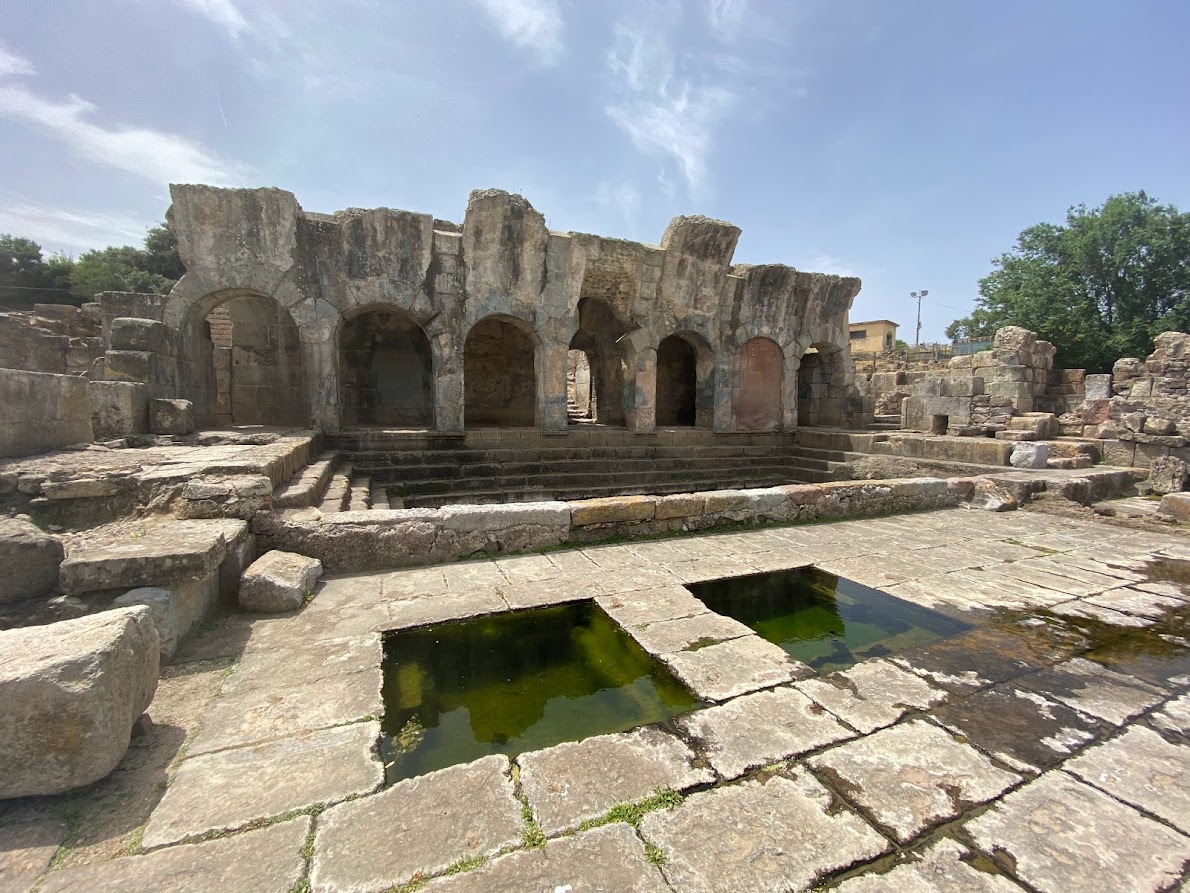
The lost villages
Like anywhere else in the world, even in Sardinia there are places that, despite a successful past, have remained abandoned for various reasons and are now a destination for the curious, attracted by the haze of mystery and original genius loci. Probably the most famous ghost village that was caught by a natural disaster is Gairo Vecchio in the east. The location of the houses on the slope of Trunconi Hill was unfortunate from the beginning, and years of trouble culminated in 1951 when, after several days of heavy rain, a significant landslide occurred. A further stay here was life-threatening, so the locals built a new town, Gairo Sant Elena, on top of the same hill where they lead a peaceful life since then. The abandoned village is a beautiful example how nature takes back what once used to belong to it. The dilapidated houses exude a special calm and the view of the countryside is stunning. The same fate befell the slightly smaller village of Osini, whose centre moved further down the valley due to the same rains. You can visit several buildings of the original Osini Vecchio while wandering around the area. Another sad story are the abandoned mining villages, which were – with a bit of an exaggeration – built as quickly as they were abandoned. As new trade routes opened up to Europe, the numerous mines in the southwestern part of Sardinia ceased to be profitable and have been now lying empty. These are the villages of Asproni, Rosas, Ingurtosu, Montevecchio, Malacalzetta and, in the northwest, Argentiera. Besides the heavy machinery, massive washrooms and abandoned halls, the Art Nouveau palaces of directors, hostels for workers and churches can be explored. The alleged curse affected two villages in the northern part of the island, Rebecca in the Sassari region and Lollove in the Nuoro region. According to the famous legend the King Becca (in Italian Re Becca) had a daughter Donoria, an alleged witch. When angry the villagers set her house on fire, she fled, uttering the curse “Rebecca will never have more than 30 houses.” And although in the Middle Ages the place was an important centre on the border of the Giudicates of Arborea and Torres, today there are only abandoned buildings, stone paths and a deconsecrated cemetery. The tragical fate of Lollove is said to be the fault of capricious Franciscan nuns who were supposed to maintain intimate relations with the local shepherds. When they found out in the convent, the head sister reportedly said “Lollove, you will be like water in the sea, you will not grow, nor will you ever experience (the growth)!” And so it happened, the village never grew and today there is only silence. The only exception is the autumn stage of the Autunno in Barbagia festival, when locals open their backyards to tourists to present the best and most traditional of the island’s culture. The village of Santa Chiara, which was built during the construction of the Tirso River dam and then abandoned, is also an impressive site. The most interesting attraction is the director’s villa, which these days emerges from the dam only when its level drops.


